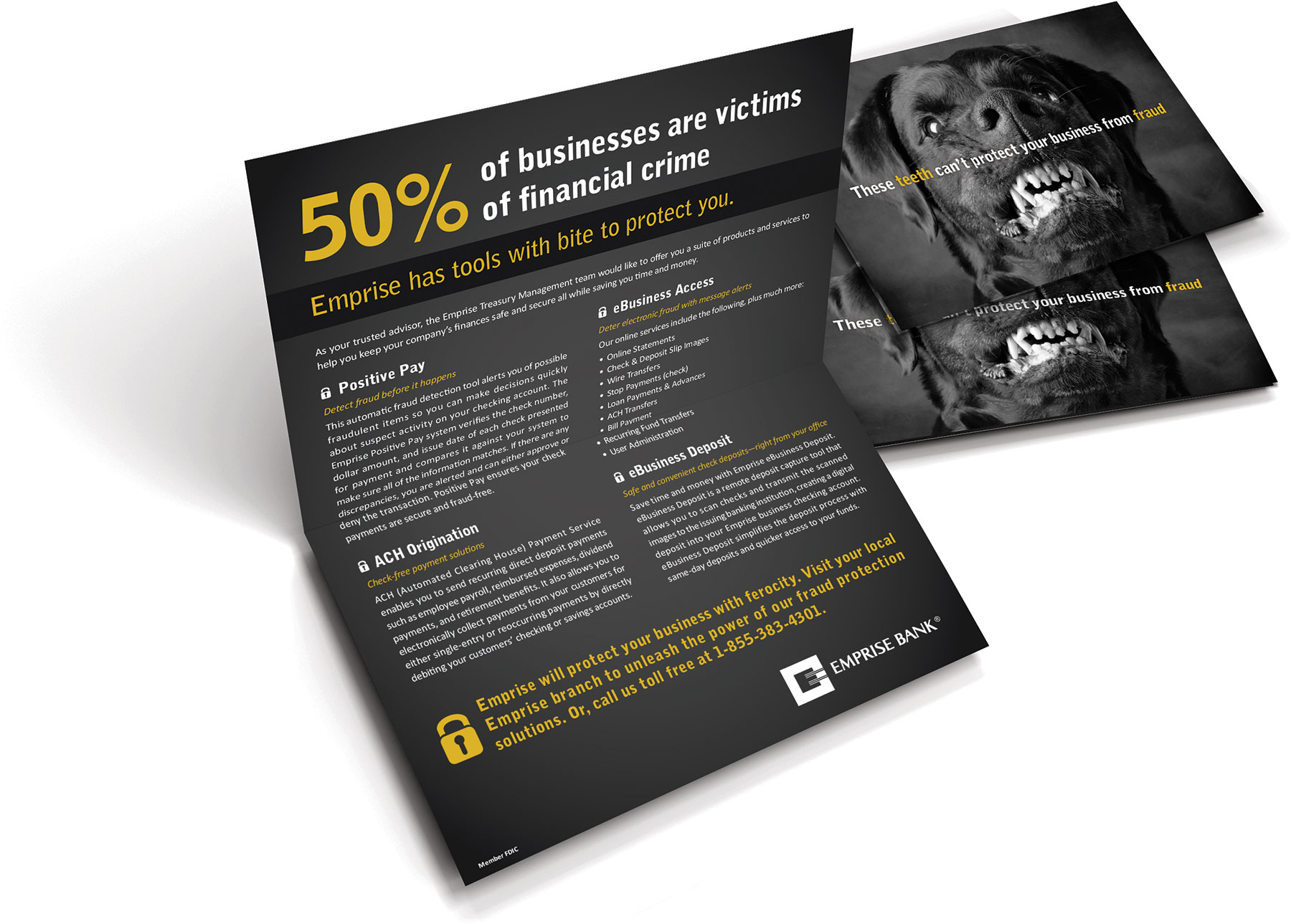Full disclosure: Galapagos conducts a lot of research on customer loyalty. We believe that insight into your customers’ needs and their perceptions of quality service is vital to informing strategy. Especially if that strategy has at its core a commitment to superior customer service and is about to demand significant internal resources, technology and marketing dollars.
The problem is, few banks invest in quantitative research to understand their customers’ priorities.
And when they do, it seldom employs a methodology that looks beyond benchmark performance measures, such as Net Promoter Scores or Loyalty Indexes, to identify those key elements in your customers’ experience that will drive future loyalty and the resulting revenue growth.
Effective research allows you to understand those specific elements of your customer experience which, when performed well, differentiate your bank and create loyal customers. We call these elements “The Difference Makers,” because they distinguish loyal customers from those who are noncommittal and because once you’ve identified them, and focus your efforts on improving your performance in these areas, you can improve customer commitment and loyalty in a demonstrable way.
Research Reveals Emerging Service Priorities
The most recent annual Community Bank Customer Commitment and Loyalty Survey, (June, 2016) conducted by Galapagos, has confirmed the emergence of two factors whose importance to customers suggest they should be considered in your service design and, perhaps, even in your branding as key differentiators for your bank.
1. Personal Affirmation
Over the past 10 years, community bank customers have reported a fairly consistent set of experience priorities that drive not only their choice of provider but that influence their preferred provider of choice. These priorities center on Convenient Access, Service Convenience, Bank Reputation, and Staff Expertise. But in the past two years, a new priority has been articulated by customers: Personal Affirmation. It speaks to a growing demand from customers that they are appreciated not only for their business but as a person, that the bank values their business, that the bank and its staff show a sincere interest in them as a person, and that they are made to feel special.
If your bank is determined to compete on the quality of its service, then you need to pay attention to these factors and build them into your service model. It’s not easy. It goes beyond having coffee and bottled water in the branches and requires a relationship management model that assigns direct responsibility to customer-facing individuals for elevating the customer experience. But it can be done and several banks are reaping the rewards.
West Shore Bank, a $400-million community bank serving smaller communities along Michigan’s west coast, has diverted much of its traditional marketing effort to creating highly personal events where bank personnel can interact with key customers in a more meaningful, personal way. Business lunches with the president have created forums for customers to discuss pressing business issues. Special receptions for high-value customers are held monthly and express appreciation. Plus, the bank has designed a relationship management program that requires and empowers service personnel to go above and beyond for key customers assigned to them in books of business. Growth in these customer relationships and referrals generated by the staff’s engagement efforts are measured and reported monthly and drive the majority of the staff’s incentive compensation.
2. Security
Customers’ concerns about privacy, identity theft and overall security remain at a heightened level. Security has become a major consideration in evaluating the quality of a bank’s customer service experience. 63% of bank customers are concerned about identity theft, 45% about fraud, and 29% have avoided online banking in the past year as a result.*
These concerns have escalated to the point where we believe banks can leverage their investment in technology, processes, and safeguards to address potential security concerns as a key component in their brand positioning.
Emprise Bank, Kansas, has taken this path. Recently, they showcased many elements of their internal security processes and procedures and featured them prominently in their branding and customer communications.
The bank’s recently-redesigned website recognizes fraud as a major customer concern and puts a face to its efforts to provide security to customers. The bank’s information security officer, who has a Ph.D. in Cybersecurity, is introduced on the homepage and is available to customers through the website and various speaking events and seminars to provide practical reassurance. The bank has also stressed the security features of many of its products in targeted communications, especially to businesses.
How many of your customers really understand the lengths to which you go to protect their security? Telling them is not only something they want to hear but it provides an opportunity to differentiate your customer service and brand.
Click here to learn more about Galapagos research and strategy capabilities.
*Source: National Telecommunications and Information Administration Survey, May, 2016. www.ntia.doc.gov






